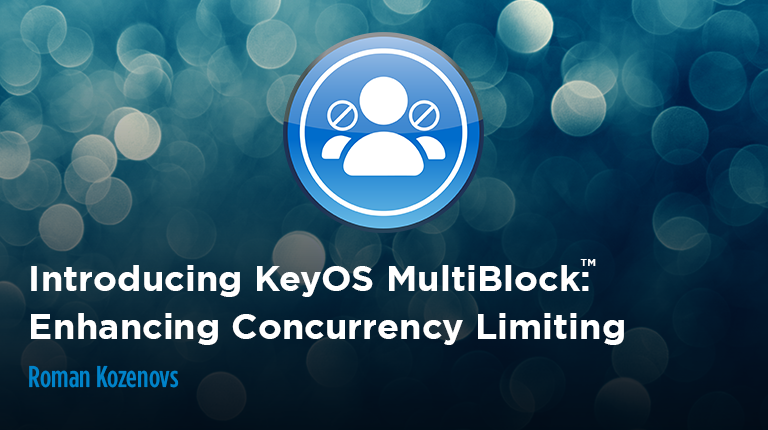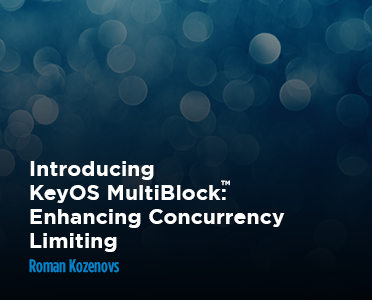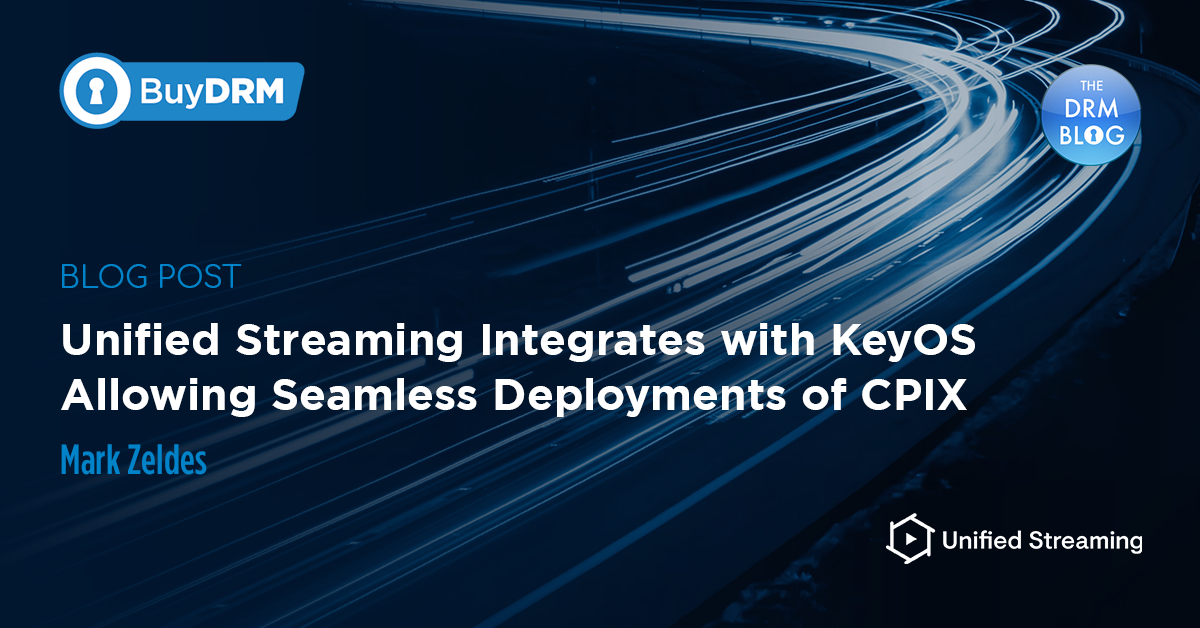Introduction
In the ever-evolving landscape of digital content distribution, ensuring that media is consumed in a manner that respects creators' rights and distribution agreements has become paramount. With the advent of advanced Digital Rights Management (DRM) technologies, content providers can now secure their content more effectively than ever. This blog post slightly touches upon a new feature known as the KeyOS MultiBlock, an approach that creates a DRM heartbeat with each device to limit the number of concurrent playback sessions, ensuring a fair and controlled distribution of digital media.
Empowering Streaming Platforms through Device Control
The capability to control the number of simultaneous devices streaming content from a platform is a game-changer for streaming service providers. This control mechanism, enabled by MultiBlock, not only helps in enforcing licensing agreements more effectively but also in enhancing the viewer experience. By limiting the number of concurrent streams, platforms can manage bandwidth more efficiently, ensuring high-quality streaming for active viewers. Additionally, this control helps in deterring account sharing practices that often lead to revenue loss and compromised account security. For streaming platforms, the ability to monitor and manage simultaneous streams translates into a more sustainable business model, fostering loyalty among genuine users and paving the way for innovative content delivery strategies.
What powers the KeyOS MultiBlock
At the heart of MultiBlock's efficacy is the DRM license renewal mechanism.
The DRM license renewal mechanism is a core component of modern DRM systems, ensuring that access to digital content is both secure and flexible. This process involves periodically verifying and renewing the license that grants a device the right to access and play back protected content. The mechanism is designed to authenticate the legitimacy of both the playback device and the user, thereby preventing unauthorized distribution and consumption of digital media.
Here's how it typically works
- Initial License Request: Upon the first attempt to play protected content, the playback device sends a license request to the DRM license server.
- License Issuance and Activation: The server verifies the request and issues a license to the device, allowing content playback. This license includes a specific expiration time or conditions under which it must be renewed.
- License Renewal: Prior to expiration, the playback device automatically requests a new license from the server. This renewal process ensures continuous, authorized access to the content under the terms agreed upon by the content provider.
Considering a heartbeat request must be made to the license service to let it know that the device is still alive and consumes the content, the KeyOS MultiBlock is only applicable to streaming scenarios and doesn’t support offline scenarios.
Another thing to note is that due to fact that it relies on license renewal mechanisms, one must expect monthly license consumption to grow when using this feature.
Compatibility with DRM Systems: Widevine, FairPlay, and PlayReady
While MultiBlock's license renewal mechanism works seamlessly with Google's Widevine DRM system out of the box, there are considerations for other popular DRM systems, namely Apple's FairPlay and Microsoft's PlayReady. These systems require additional steps to ensure compatibility with MultiBlock's license renewal process.
- Widevine Compatibility: Devices and players that use Widevine automatically support license renewal requests, making integration with MultiBlock straightforward and efficient.
- FairPlay and PlayReady Adaptation: For FairPlay and PlayReady, it's necessary to implement custom solutions to force players to make license renewal requests. This might involve modifying the player's code or integrating with the DRM system in a way that triggers renewal requests according to MultiBlock mechanism.
Conclusion
The KeyOS MultiBlock is the youngest feature in BuyDRM’s arsenal that we are happy to introduce to our customers. We will continue evolving it as we see more and more requests for features like concurrency limiting today.











